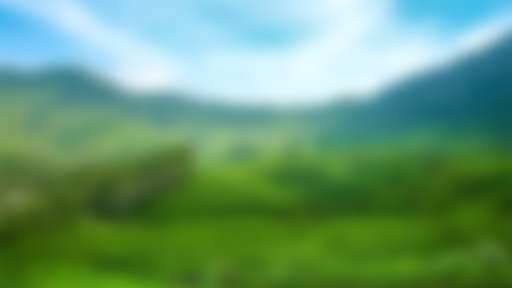
Sorry, we couldn't find anything that matches your search.
Destination

Famous Places to Explore in Hyderabad
A vibrant city with the imposing...

Raipur Tourist Places | Best Place to Visit
The stronghold of several erstwhile...

Ahmedabad
Declared as India's first UNESCO World...
#
Native to the town of Bagh, in Madhya Pradesh, this type of printing is done manually by repeatedly washing, dyeing and then printing. Firstly, the fabric is soaked in water all night and then dried in the sun for long hours. It is then dipped in a large vat of castor oil, raw salt and water. After this, it is washed with water and all of these steps are repeated three times. Finally, the fabric undergoes dyeing. Colours used for dyeing and printing are obtained from flowers, fruits and seeds. While red colour is obtained by simmering a mixture of alum and tamarind seeds, black colour is taken from a mixture of iron, jaggery and water that has been stored for a month.
Some of the wooden blocks used for printing are over 300 years old. The designs carved into them have been inspired from wildlife, nature, ancient Bagh cave paintings and local architecture. Bagh Printing can be done on cotton, silk, tussar, cotton-silk, jute and crepe, among others.




